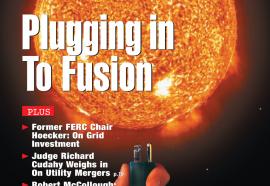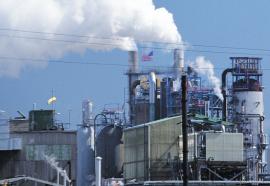Clean Air Rules: A New Roadmap for the Power Sector
How new market-based regulations fit with today’s programs.
What do the Clean Air Interstate Rule, the Clean Air Mercury Rule, and the Clean Air Visibility Rule require of the power sector? Authors from the Environmental Protection Agency review implementation progress.










